Vic Falls
The Falls photographed from both the Zimbabwe and Zambian sides, and
hotel views.
1930s
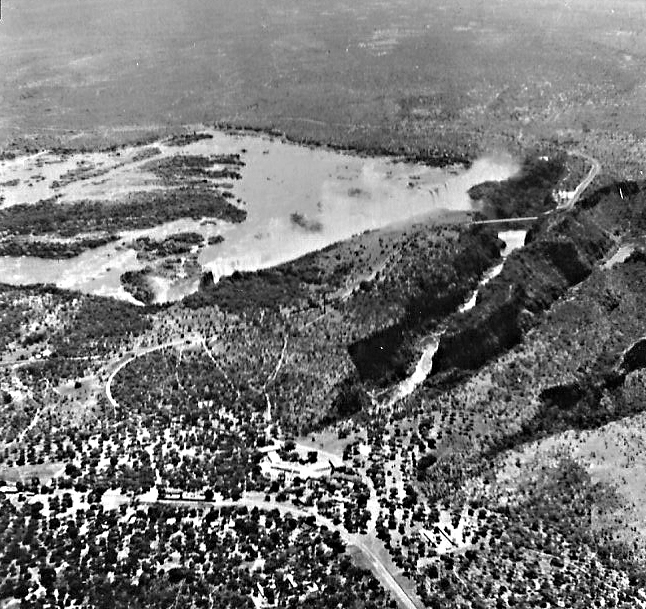
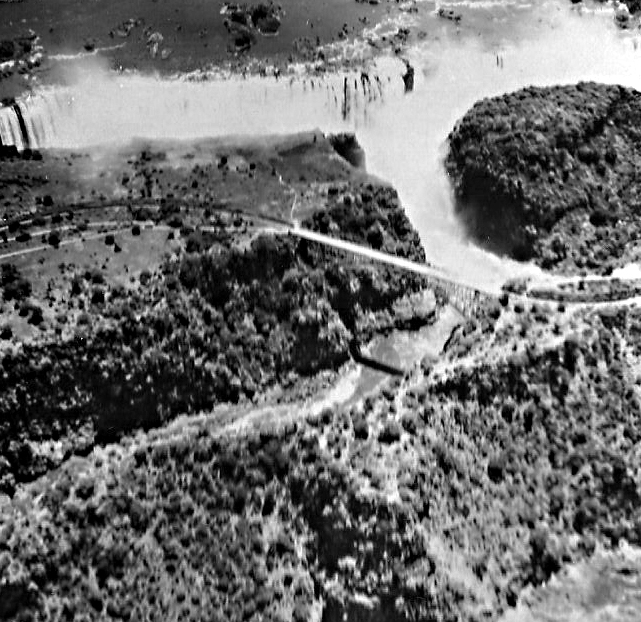
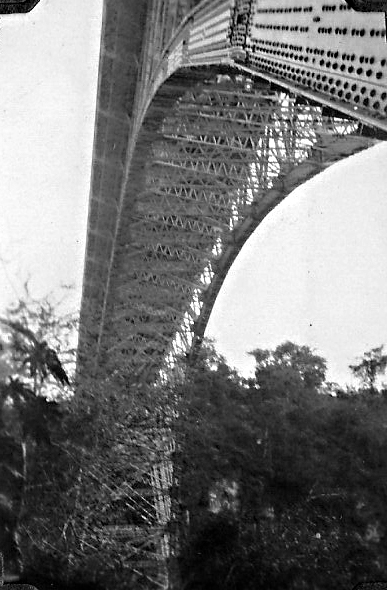
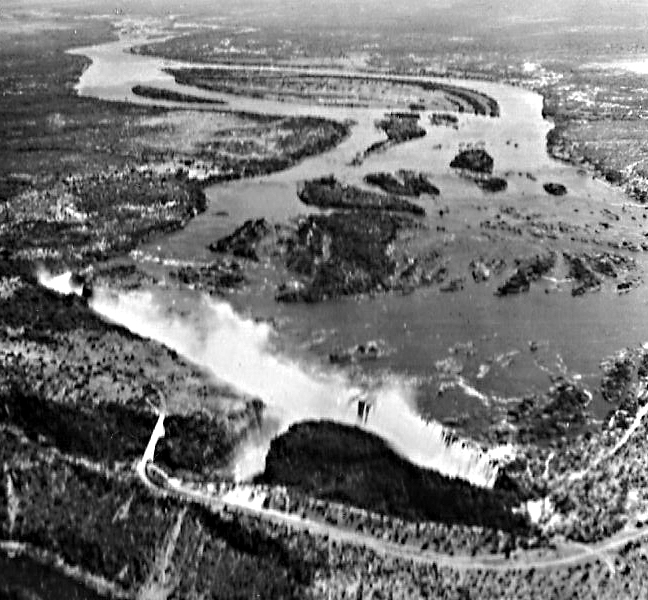
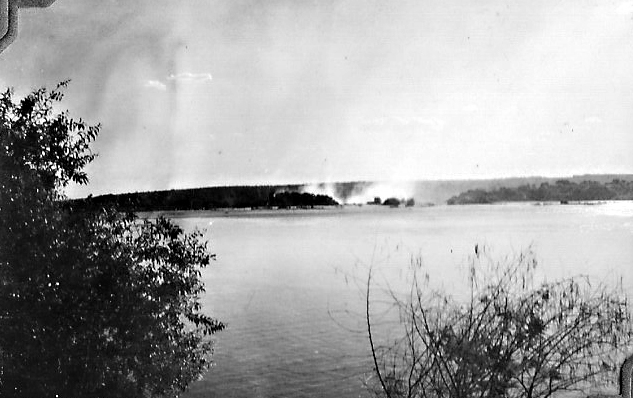
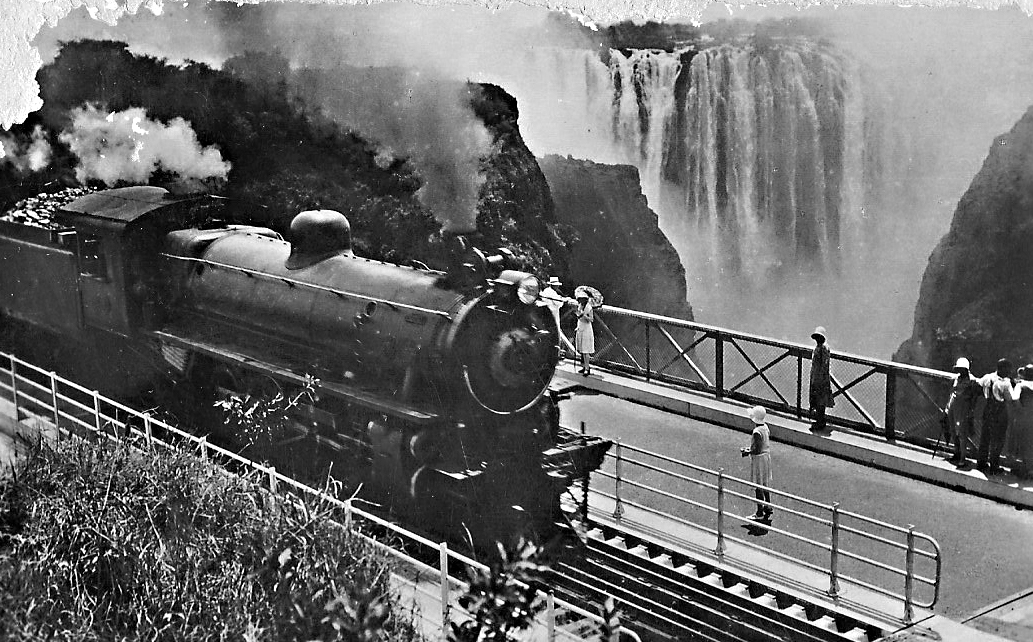
Statue - David Livingstone
Early days
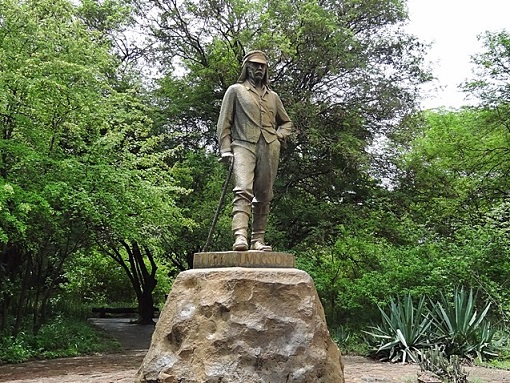
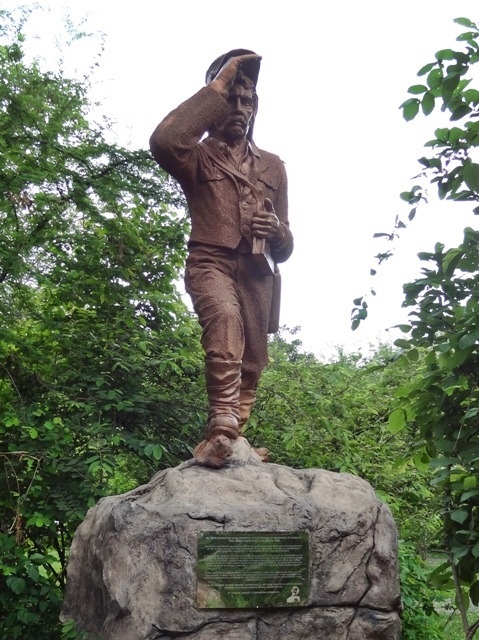
Victoria Falls (Lozi: Mosi-oa-Tunya, "The Smoke that Thunders") is a
waterfall in southern Africa on the Zambezi River at the border between
Zambia and Zimbabwe.
David Livingstone, the Scottish missionary and explorer, is believed to
have been the first European to view Victoria Falls on 16 November 1855,
from what is now known as Livingstone Island, one of two land masses in
the middle of the river, immediately upstream from the falls near the
Zambian shore. Livingstone named his discovery in honour of Queen
Victoria of Britain, but the indigenous Lozi language name,
Mosi-oa-Tunya—"The Smoke That Thunders"—continues in common usage as
well. The World Heritage List officially recognizes both names.
Livingstone also cites an older name, Seongo or Chongwe, which means
"The Place of the Rainbow" as a result of the constant spray.
While it is neither the highest nor the widest waterfall in the world,
Victoria Falls is classified as the largest, based on its combined width
of 1,708 metres (5,604 ft) and height of 108 metres (354 ft), resulting
in the world's largest sheet of falling water. Victoria Falls is roughly
twice the height of North America's Niagara Falls and well over twice
the width of its Horseshoe Falls.